
Today, June 24 is the feast day of St. John the Baptist, who happens to be the patron saint of the old section of Cebu City, the Parian District. For the past 9 days, a novena has been said at the Parian Chapel next to the Heritage Center. For the past 3 nights, other devotees to St. John the Baptist, have also been praying at the Casa Gorordo. Louie Nacorda heads the group of 13 devotees to St. John the Baptist. They meet a couple of times a year and are committed to saying prayers to St. John on Thursdays.
The triduum prayers this past 3 nights were held on the lovely verandah of Casa Gorordo, which boasts of tiled floor, wood awning with creeping vines, pleasant breezes, and magnificent view of the garden.
I happen to love Casa Gorordo and have used this as the setting for several of my stories. Built around 1850, the house has airy rooms, tiled roof, and has numerous features unique to the architecture of the area. It is a favorite tourist spot in Cebu City. When I am in the Casa Gorordo, I am back in Old Cebu. In fact, the Parian district, wherein Casa Gorordo lays, brings me way back, to the 1700s when three story mansions owned by wealthy Chinese merchants lived here, and when boats carrying merchant goods sailed up and down the criss-crossing canals.
The Parian district, which is near the famous Santo Nino Basilica, Cathedral, Fort San Pedro, and the Cebu Malacanan Palace, is gentrifying. The area had been the ritziest in Cebu from the 16th century until World War II destroyed many mansions and the old families moved out to more popular subdivisions. Perhaps this has been a blessing-in-disguise, because the resulting stagnation prevented massive demolitions for modern buildings. True, many houses are run down, but the basic features are there, and the roads and bridges are still there.
The Aboitiz Family acquired Casa Gorordo in the 1980s and turned this into a museum. Eventually, they also bought and built the Aboitiz Study Center across the Casa Gorordo. Other develpments in Old Cebu followed: A Heritage Center was built next to the Parian Chapel; the Cathedral convent was restored and recently the Cathedral Museum opened. Val Sandiego also acquired the landmark antique house across the Parian chapel and has been busy restoring it. President Gloria Macapagal built a Cebu Malacanan on the old Post Office next to the sea. The Santo Nino Basilica has undergone restoration and expansion, and is filled with worshippers every day. Historical identifying important landmarks in the area were put up.
There was talk of having an outdoor market next to the Heritage Center, but this idea died. It would be good for Cebu's local government to reconsider this idea because it would stimulate tourism as well as help with Cebu's economy. Close off traffic, have little stalls selling food and souvenir items, and more tourists will come. As it is tourists do visit the area because when you are in Cebu, you must see Magellan's Cross, the Santo Nino, Fort San Pedro, the Cathedral, Casa Gorordo, etc. Cebu's claim to historical fame is that it is where the Spaniards first settled, and that the Portuguese navigator (who sailed for Spain), Ferdinand Magellan, was killed in nearby Mactan.

Indeed the Old Section of Cebu is filled with history - the 1700s Jesuit seminary is still there, although this is now a warehouse. The old bridges that went over the canals, albeit, the canals are dirty.
When I walk around the Old Cebu, I see the great potential in the place. If only the city government would post more police to increase security; if only the city cleaned up canals and roads, if only the city helped people like Val Sandiego and other history lovers who would like to bring to life Old Cebu once again, but who need assistance. I even have a little dream: If only the Aboitiz family would do some development in the area, which might encourage others to do the same.
It can be done. The City of Vigan, Northern Philippines, (a UNESCO World Heritage Site) for instance restored many of its Spanish colonial houses. In Vigan, the city officials concentrated on developing one street as a showcase area. The surrounding areas went along with the gentrification. Vigan is a favorite tourist spot for international visitors to see Spanish-colonial Philippines.
If only the government of Cebu and the Cebuanos themselves ... if only they could see the great potentional in the Old Section of Cebu City!
Photo Above shows mural of Old Colon Street in Val San Diego's Historic house;
Photo in Middle shows painting of Old Colon Street in my Cebu apartment, with artist of both mural and painting, Chris Almaden





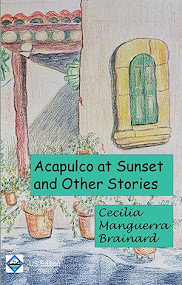



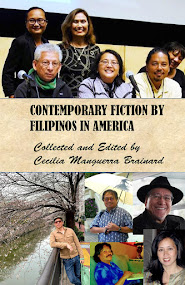
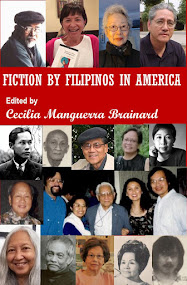



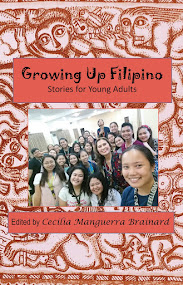



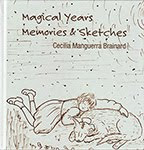


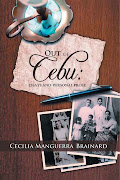



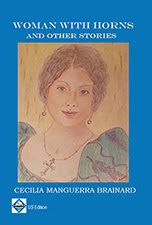

No comments:
Post a Comment